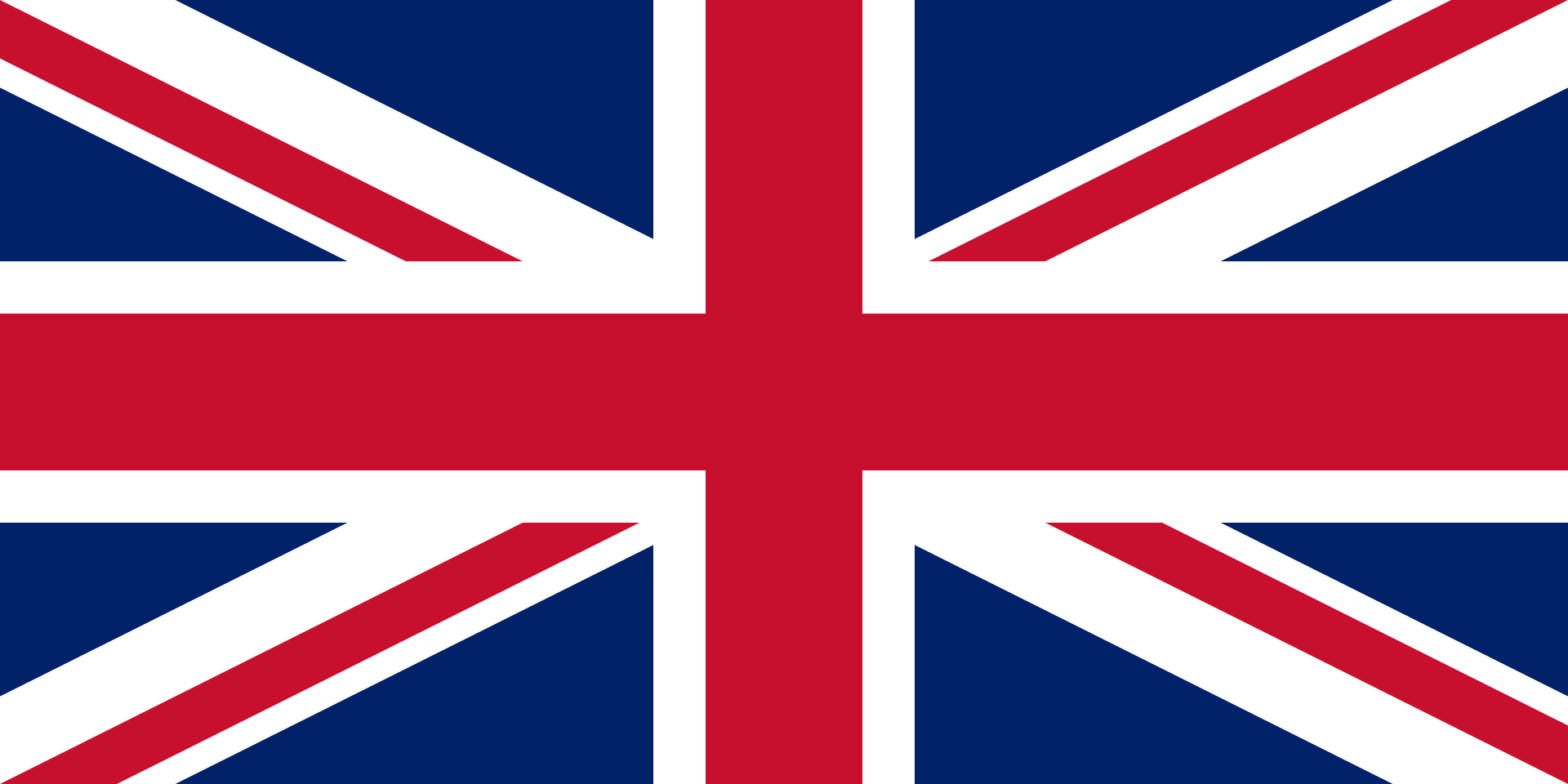British rule in Burma
British rule in Burma lasted from 1824 to 1948, from the successive three Anglo-Burmese wars through the creation of Burma as a province of British India to the establishment of an independently administered colony, and finally independence. The region under British control was known as British Burma, and officially known as Burma (Burmese: မြန်မာနိုင်ငံတော်)[1] from 1886.[2] Various portions of Burmese territories, including Arakan and Tenasserim were annexed by the British after their victory in the First Anglo-Burmese War; Lower Burma was annexed in 1852 after the Second Anglo-Burmese War. The annexed territories were designated the minor province (a chief commissionership) of British India in 1862.[3] After the Third Anglo-Burmese War in 1885, Upper Burma was annexed, and the following year, the province of Burma in British India was created, becoming a major province (a lieutenant-governorship) in 1897.[3] This arrangement lasted until 1937, when Burma began to be administered separately by the Burma Office under the Secretary of State for India and Burma. British rule was disrupted during the Japanese occupation of much of the country during World War II. Burma achieved independence from British rule on 4 January 1948. Burma is sometimes referred to as "the Scottish Colony" owing to the heavy role played by Scotsmen in colonising and running the country, one of the most notable being Sir James Scott. It was also known for the heavy role played by Indian elites in managing and administering the colony, especially while it was still a part of the British Raj; some historians have called this a case of co-colonialism. Arrival of the British British naval forces entering the harbour of Rangoon in May 1824 Conflict began between Burma and the British when the Konbaung dynasty decided to expand into Arakan in the state of Assam, close to British-held Chittagong in India. This led to the First Anglo-Burmese War (1824–26). The British dispatched a large seaborne expedition that took Rangoon without a fight in 1824. In Danuphyu, at the Ayeyarwadddy Delta, Burmese General Maha Bandula was killed and his armies routed. Burma was forced to cede Assam and other northern provinces.[7] The 1826 Treaty of Yandabo formally ended the First Anglo-Burmese War, the longest and the most expensive war in the history of British India. Fifteen thousand European and Indian soldiers died, together with an unknown number of Burmese army and civilian casualties.[8] The campaign cost the British between 5 and 13 million pounds sterling (between 18 and 48 billion in 2020 U.S. dollars)[9] which led to an economic crisis in British India in 1833. District Courts and Public Offices, Strand Road, Rangoon, 1868. Photographer J. Jackson In 1852, the Second Anglo-Burmese War was provoked by the British, who sought the teak forests in Lower Burma as well as a port between Calcutta and Singapore. After 25 years of peace, British and Burmese fighting started afresh and continued until the British occupied all of Lower Burma. The British were victorious in this war and as a result obtained access to the teak, oil, and rubies of their newly conquered territories. Photograph of the arrival of British forces in Mandalay on 28 November 1885 at the end of the Third Anglo-Burmese War. Photographer: Hooper, Willoughby Wallace (1837–1912) In this rendering, British officers take King Thibaw onto a steamship en route to exile in India. He would never see Burma again. In Upper Burma, the still unoccupied part of the country, King Mindon had tried to adjust to the thrust of imperialism. He enacted administrative reforms and made Burma more receptive to foreign interests. But the British initiated the Third Anglo-Burmese War, which lasted less than two weeks during November 1885. The British government justified their actions by claiming that the last independent king of Burma, Thibaw Min, was a tyrant and that he was conspiring to give France more influence in the country. British troops entered Mandalay on 28 November 1885. Thus, after three wars gaining various parts of the country, the British occupied all the area of present-day Myanmar, making the territory a Province of British India on 1 January 1886.
